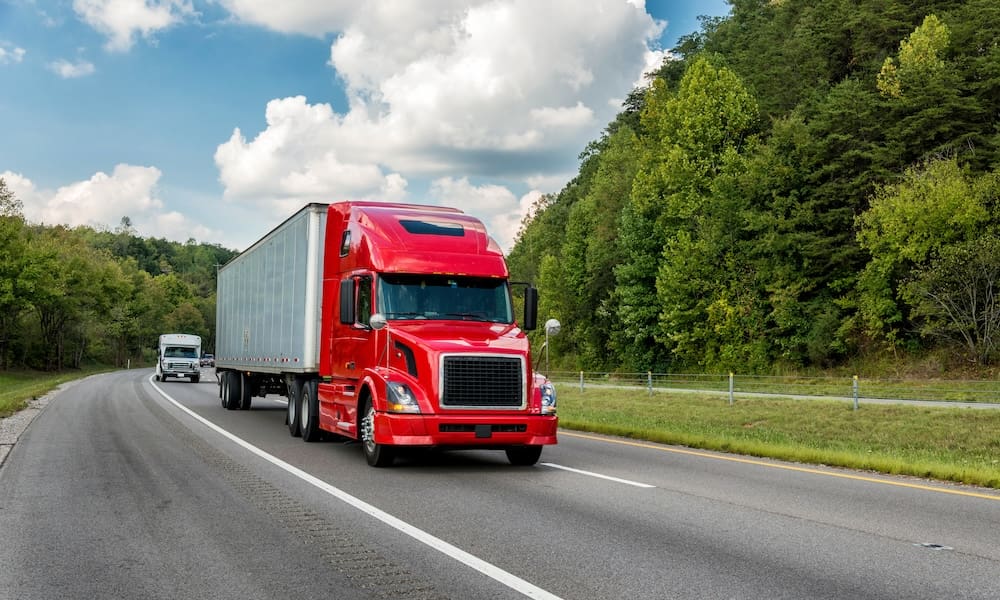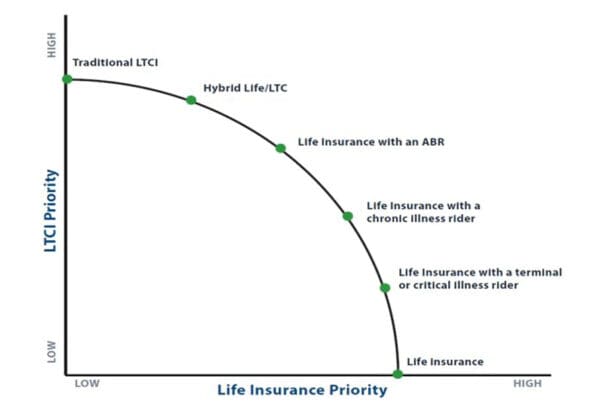
In the world of logistics and transportation, safety isn’t just a priority—it’s a necessity. Companies that operate fleets of trucks bear a significant responsibility not only to deliver goods efficiently but also to ensure the safety of their drivers, other road users, and the cargo they carry. With this in mind, let’s explore some key safety initiatives that companies with trucks can implement to promote safer roads and workplaces.
- Comprehensive Driver Training Programs: The cornerstone of any safety initiative is investing in comprehensive driver training programs. These programs should cover defensive driving techniques, adherence to traffic laws, vehicle inspection procedures, and handling emergencies on the road. Regular refresher courses can help reinforce safe driving practices and keep drivers up-to-date with the latest regulations and technologies.
- Vehicle Maintenance and Inspections: Regular maintenance checks and inspections are vital to keeping trucks in optimal condition. Companies should establish strict maintenance schedules and protocols to ensure that all vehicles undergo routine inspections for issues such as brake wear, tire pressure, and fluid levels. By identifying and addressing potential mechanical problems early, companies can prevent accidents caused by vehicle failure.
- Technology Integration: Advancements in technology offer a myriad of tools to enhance safety in the trucking industry. Companies can invest in telematics systems that provide real-time monitoring of driver behavior, including speeding, harsh braking, and route deviations. Additionally, features such as collision avoidance systems, lane departure warnings, and blind-spot detection can help mitigate the risk of accidents on the road.
- Driver Monitoring and Support: Beyond technology, companies can implement driver monitoring programs to track factors like fatigue, distraction, and overall wellness. Encouraging open communication channels between drivers and management creates a supportive environment where drivers feel comfortable reporting concerns about their well-being or workload. Offering resources such as rest areas, counseling services, and health initiatives can further support the physical and mental health of drivers.
- Route Planning and Optimization: Efficient route planning not only reduces fuel costs and emissions but also contributes to overall road safety. Companies should utilize mapping software and traffic data to identify the most efficient and safest routes for their drivers. Avoiding congested areas, construction zones, and high-risk areas can minimize the likelihood of accidents and delays.
- Safety Culture and Accountability: Building a strong safety culture starts from the top down. Company leadership should prioritize safety as a core value and foster a culture where employees feel empowered to prioritize safety above all else. Recognizing and rewarding safe driving behaviors reinforces the importance of adhering to safety protocols, while holding individuals accountable for reckless actions sends a clear message that safety is non-negotiable.
- Community Engagement and Education: Beyond internal initiatives, companies can also contribute to road safety by engaging with the communities they operate in. Partnering with local authorities, schools, and advocacy groups allows companies to participate in initiatives such as road safety campaigns, driver education programs, and community outreach events. By raising awareness and promoting safe driving practices beyond their own operations, companies can help create safer roads for everyone.
In conclusion, safety initiatives for companies with trucks are multifaceted and require a holistic approach that addresses various aspects of operations, technology, and culture. By prioritizing driver training, vehicle maintenance, technology integration, and fostering a culture of safety and accountability, companies can not only reduce the risk of accidents but also contribute to safer roads and communities. In an industry where safety is paramount, these initiatives are not just good business practices—they’re essential for saving lives and protecting livelihoods.



